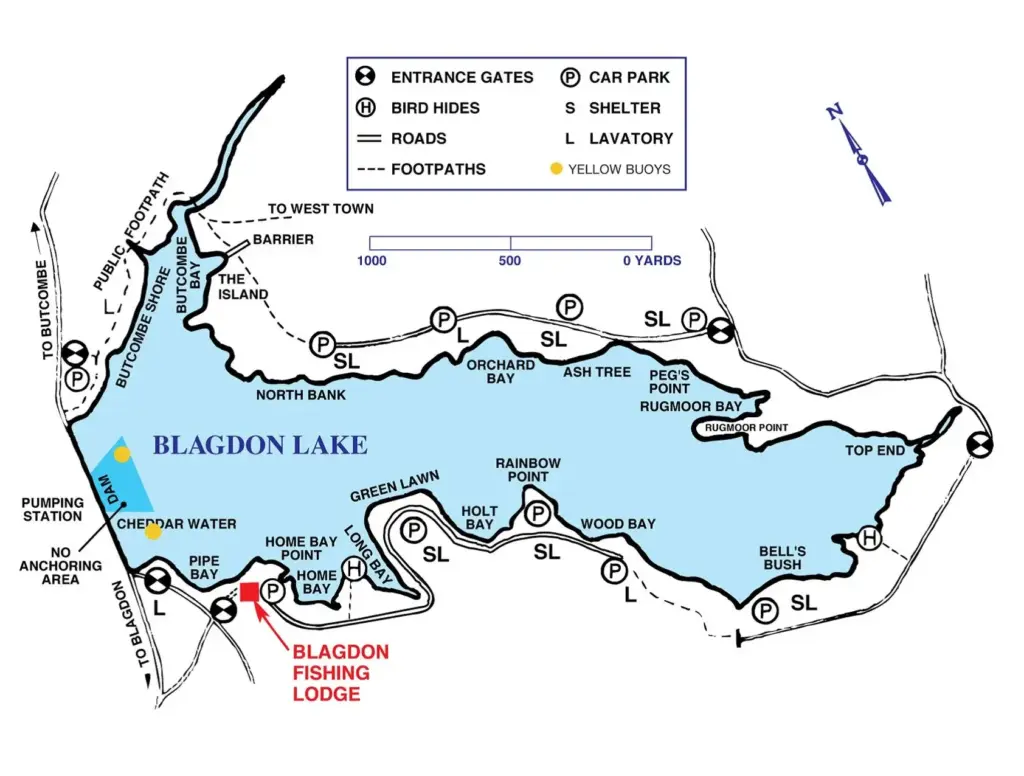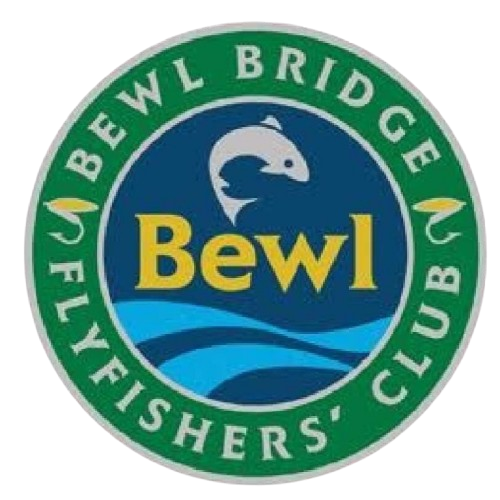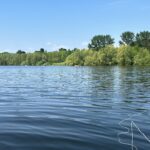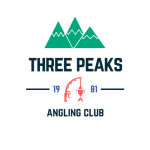Blagdon Lake
Brief description of fishery:
Learn more about the ongoing work at Blagdon and other things you can do there. Blagdon Pumping Station is not open to the public at the moment, as we have been carrying out extensive work to the site, including the installation of a new pumping station. Blagdon Lake is open to the general public at the footpath running adjacent to Butcombe Bay in the northwest corner of the Lake. The remainder of the lake is open to permit holders only.
Are there many anglers in the world who haven’t heard of Blagdon Lake? The name stirs emotions for thousands of anglers as the home of still water trout fly-fishing with catch records going back as far as the early 1900s.
Sitting at the foot of the Mendip Hills in an Area of Outstanding Natural Beauty (AONB), Blagdon Lake covers 440 acres and is classified as a site of special scientific interest (SSSI) by Natural England for its wildflower meadows and bird populations. The long, narrow shape makes it ideal for both boat and bank fishing. There are deep basins and long banks to drift over, plenty of points and promontories for access to deeper areas, as well as shallow, sheltered bays of quieter water. Most of the seven-mile perimeter has easy bank access but to explore the more remote areas a boat is the answer.
The lake is relatively shallow, with an average depth of 14 feet and only 38 feet at its deepest point near the dam (at the west end of the lake). Travel along its narrow length to the east and you come to the shallowest area of the lake at Top End where the River Yeo enters. In between, there are many superb fishing areas with proven track records of producing the goods – Bell’s Bush, Peg’s Point, Rainbow Point, Ash Trees, Rugmoor and Green Lawn are all areas to which successful anglers will quickly become accustomed.
All methods work on the lake but many locals and experts stick to small flies and nymphs fished slowly on or near the surface. Early season and in the dying days of the year lures and sinking lines can be effective, but it is the patterns that imitate the naturals which command most attention.
Maps

Species
- Rainbow Trout
- Brown Trout
- Perch
- Pike


